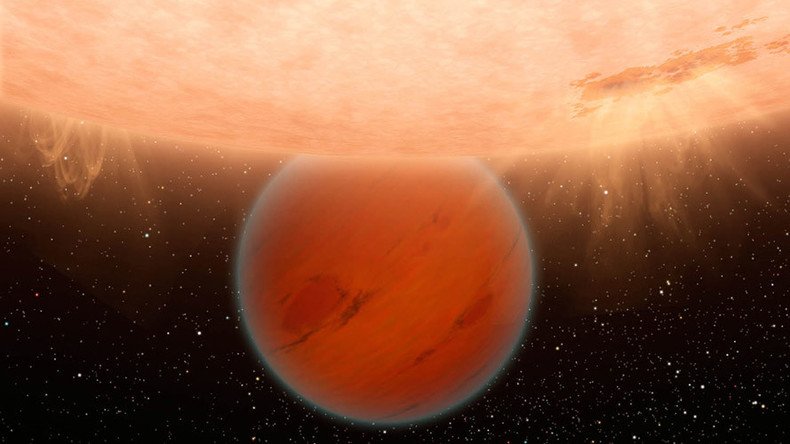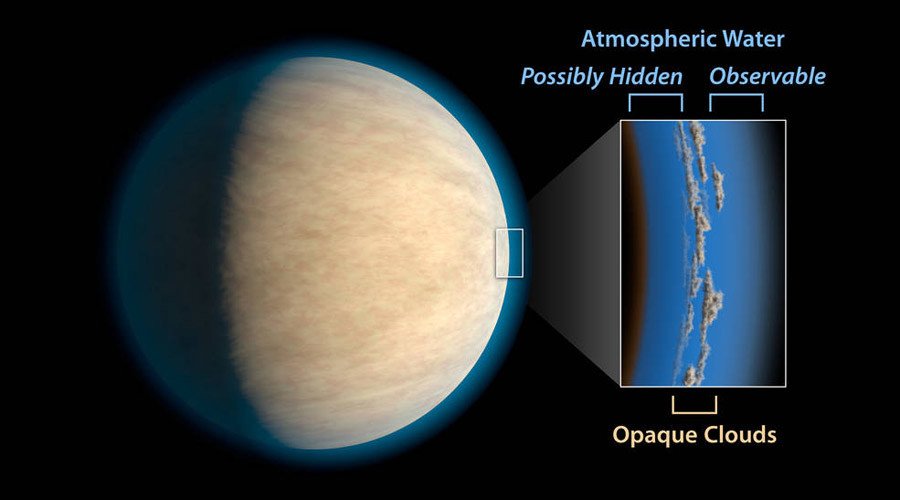Massive ‘hot Jupiter’ has power to ‘spin-up’ own star, scientists claim

Scientists studying a newly discovered ‘hot Jupiter’ in space say there is evidence that the giant exoplanet is orbiting its nearest satellite at such speed that it’s moving or ‘spinning up’ its nearby star.
A planetary study of the otherworldly ‘hot Jupiter’ - a giant gas orb physically similar to its namesake in our Solar System - has found that HATS-18b has an extremely fast orbital period of less than a day.
A newly-released analysis of the intergalactic find describes HATS-18b as a “massive extrasolar planet” which orbits star HATS-18, a sun not unlike our own.
Telescope data of the large exoplanet was analysed by astronomers between April 2011 and July 2013 in observatories in Australia, Chile and the High Energy Spectroscopic Survey site in Namibia.
Information about the HATS-18b is detailed in a journal article aptly entitled ‘An Extreme Short Period Massive Transiting Planet Spinning Up Its Star’.
HATS-18 b: An Extreme Short--Period Massive Transiting Planet Spinning Up Its Starhttps://t.co/RcT0TfDFlc
— Starship Engineers (@StarshipBuilder) June 6, 2016
Authors of the study believe orbital decay, the process by which gravitational pull is effectively eroded between two planets or stars, may have brought HATS-18b closer to its sun.
Researchers have compared the space interaction to a similar exoplanet system known as WASP-19b, an exoplanet planet which NASA has noted as turning a full orbit in just over 18 hours, in contrast to Jupiter’s 12-year spin around the Sun.
“The high planet mass, combined with its short orbital period, implies strong tidal coupling between the planetary orbit and the star,” reads the research, published on the Cornell University Library website.
“In fact, we argue that [the star] HATS-18 shows signs of being tidally spun-up by the planet,” it adds.
Researchers now hope to further analyse the relationship between the large gas planet and its star in a bid to further understand changes within the galaxy.
“Due to the proximity of the planet to its host star, this system provides one of the best laboratories for testing theories of star-planet interactions and planet formations,” the study states.

NASA scientists in California have found that although many ‘hot Jupiters’ have water in their atmospheres, other examples of the large planets have none. However, assessing the presence of water is complicated by the existence of clouds or haze blocking the planets, which could be preventing the discovery of atmospheric water.
As the planets can reach up to 1,100 degrees Celsius (2,000 degree Fahrenheit), NASA says the high temperatures mean the clouds are unlikely to be made from water.












